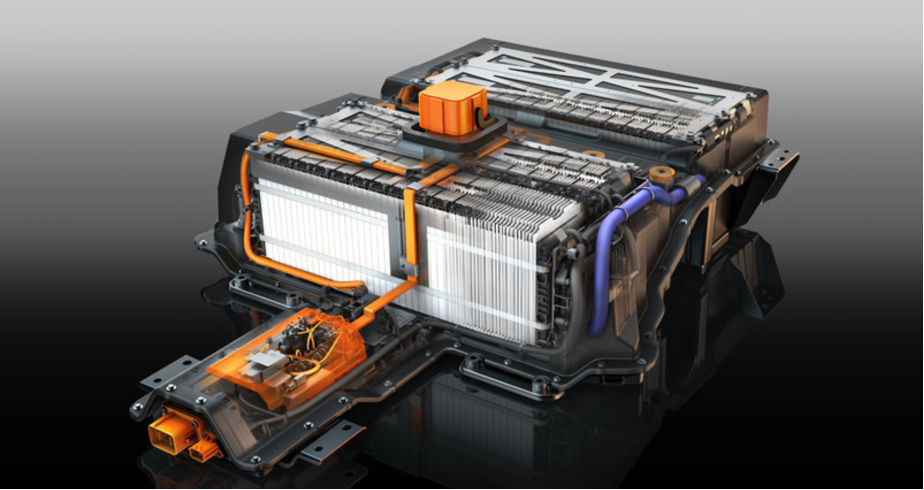On board the Ya is a charger that can convert power from mains power for the battery bank. This charger is necessary because the batteries must be charged to 100% every three months.
This same device is also an inverter, which means that it converts battery power into regular mains power, in our case 230 Volt. various appliances such as the induction cooker, the microwave and the bread maker work on 230 Volt.

Peak and off-peak current and the battery of your electric car as a buffer
Normally you charge your electric car to drive it. But many cars have about 50 kilowatt hours and you don’t run that empty so quickly every day.
Then it’s nice to start making money with it. People who have an electricity contract with variable prices at home try to charge their car battery around noon, when electricity is cheap. The nice thing is, there is now also a smart device for the electric car with which you can convert the power from the battery and feed it back into your own socket in your home via the charging cable. In the evening when electricity is expensive, you can cook and so onwith the power from your car batteries.
Someone has already managed to earn money for a month. it saves money and you live a little more fossil-free.
Anecdote
The Ya has such a smart device since 2013, a Studer Xtender. In addition to charging and converting, the Xtender can also supply power back to the grid. It happened once during my first fossil-free trip around the world in 2017. I did the quarterly battery maintenance in a Panamanian marina: charging the batteries with mains power. But I stayed in the marina for a few more days and I left the plug in. The tropical sun shines brightly here, so the excess energy went back into the electricity grid via the socket on the jetty.
Now there are many American boats in Panamanian ports and Americans are major consumers (their average consumption is more than twice as high as the energy consumption of a Dutch person). Reason enough for the marina management to take a quick tour of the electricity meters on the dock every morning. On the second day, the employee said my meter was broken and put my plug in another socket.
On the third day, the employee said that the meter was also broken and plugged my plug into another socket. I asked him what the problem was and he said the meter was running backwards. I replied that it made sense, because the Ya generated more than was consumed. He couldn’t believe that. The marina manager and an engineer had to come in to show that it really was the case.
The manager thought it was almost a wonder of the world and he invited me to give a presentation in the nearby hotel. The hall was packed, the whole marina had turned out for it, especially the Americans. America is the country where electricity is a self-evident necessity of life, like water from the tap. There is a plug everywhere. If you buy a device on the internet that runs on solar energy, it will explicitly say: without plug.
Whether the fossil-free message of the presentation reached the American audience, I do not know, because the psychological distance was great.
